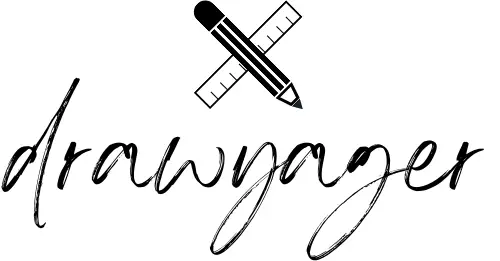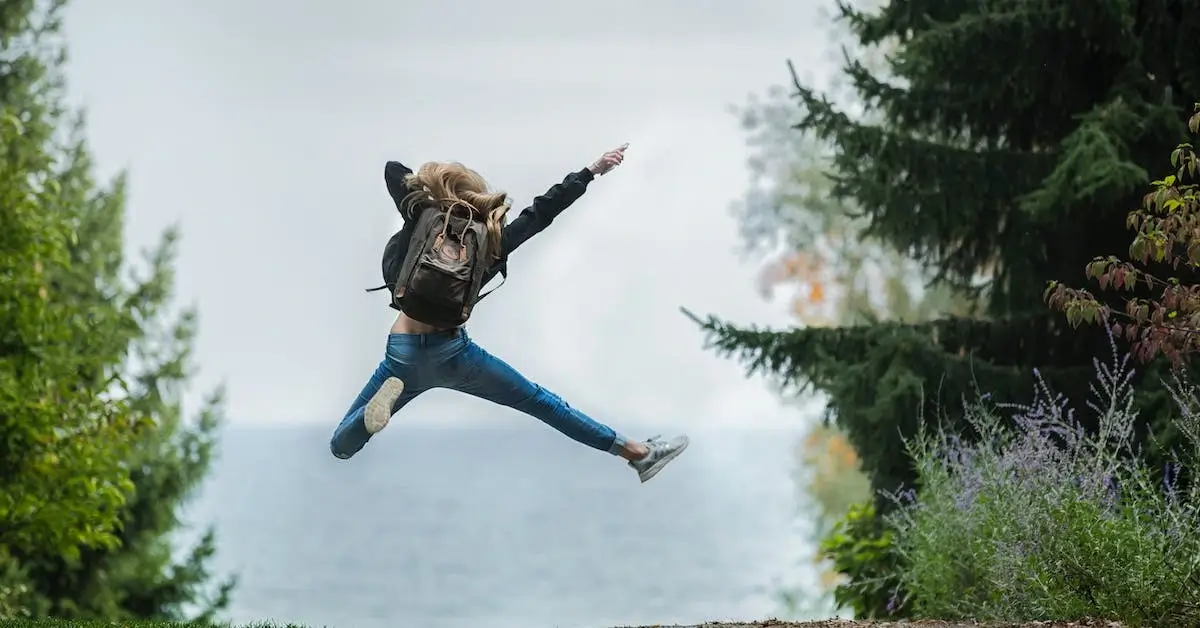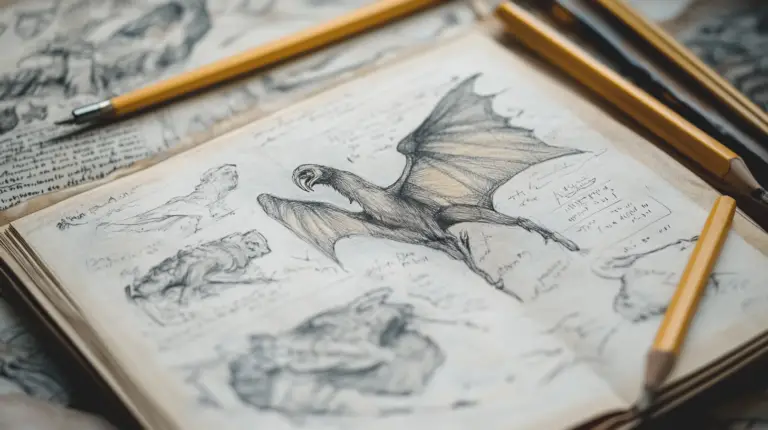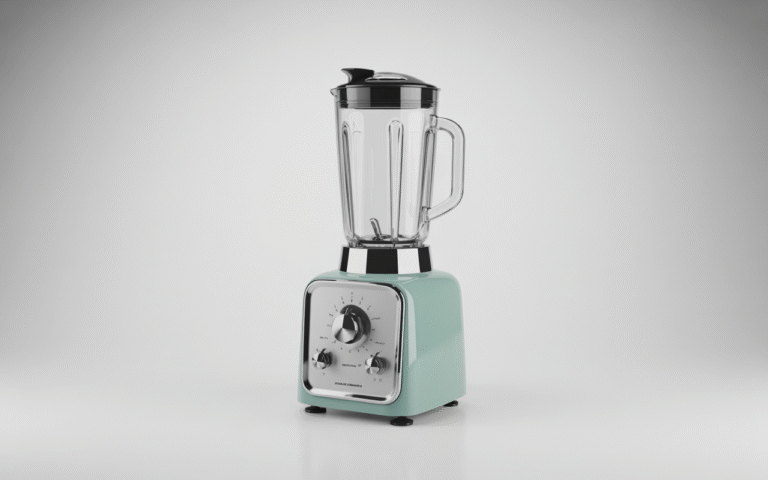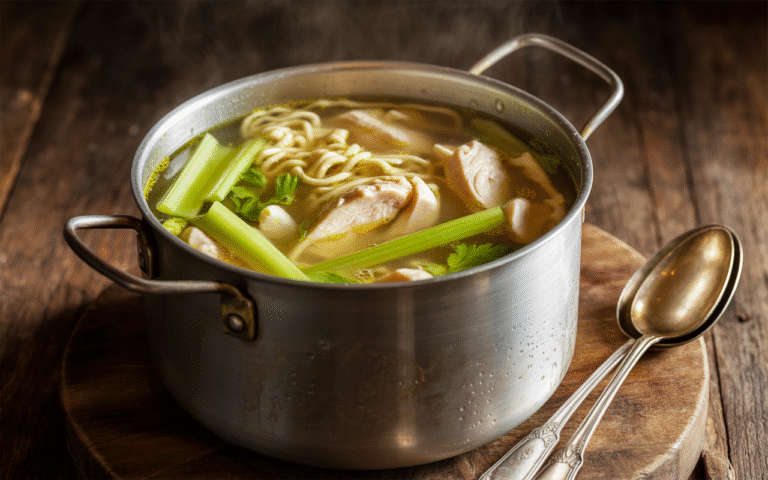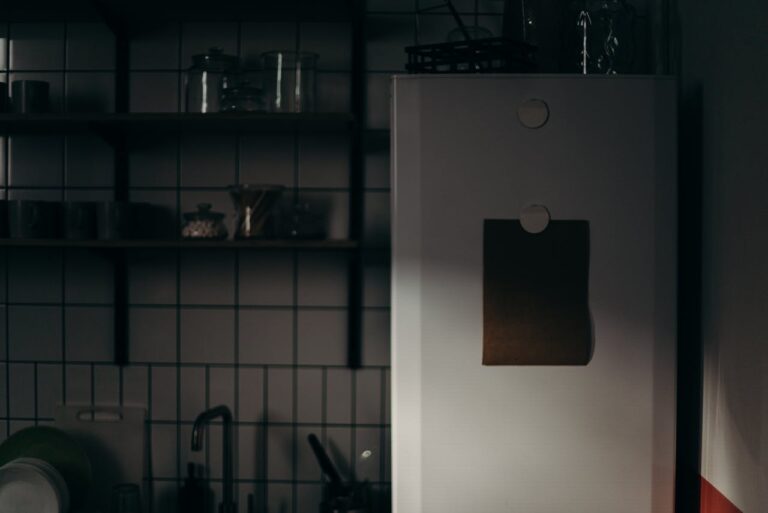Possessing a reliable female pose reference is essential for artists aiming to faithfully capture the beauty and complexity of the female form. I have found that reference photos are incredibly useful in attaining precise muscle anatomy and anatomical accuracy, as well as bringing life to my art. The extraordinary manner in which these resources aid in representing different gestures, facial expressions, and poses significantly enhances the realism and liveliness of the art.

Finding accurate and diverse female pose references can be a bit of a challenge, especially if you’re aiming for a certain emotion or action. However, there are websites and tools designed specifically to provide detailed and high-quality references. These are incredibly helpful, whether you’re honing your skills or working on a specific project. The use of reference photos or apps is a common practice among artists, and it assists in creating artworks that are both accurate and visually appealing.
By incorporating these female pose references into my drawing process, I’ve noticed a significant improvement in my work. The right pose can convey the story and personality of a character without a single written word. For fellow artists seeking to improve their figure drawing, having a variety of references at your disposal is truly a game changer in the realm of visual storytelling.
Understanding Body Anatomy for Drawing
When it comes to creating a drawing from a female pose reference, I need to grasp the underlying structure of the body. Understanding anatomy is not just about replicating what’s on the surface; it’s about knowing what lies underneath to bring depth and realism to the drawing.
Human Anatomy Basics
Gender Differences: Females typically have wider hips, more delicate bone structures, and softer jawlines compared to males. It’s these subtleties that can make or break the believability of a female pose.
- Skeleton: The foundation of all body poses. Knowing where each bone is and how it shapes the body helps me maintain consistency in my poses.
- Body Landmarks: Certain points like the elbows, knees, and collarbones serve as guides to measure the rest of the body, ensuring accurate proportions.

Musculature and Movement
Understanding Muscles: Each muscle has a unique shape and function, influencing how the female form looks in various poses. You can use Muscle Drawing References for a better understanding.
- Major Muscle Groups: Highlighting primary muscles like the deltoids, abdomen, and quadriceps reveals the tension and relaxation in a pose.
- Functionality: Recognizing which muscles are used in a movement guides me in how to depict the pose naturally.

Proportion and Alignment
Proportion: This is the heart of accuracy in human anatomy. Different body parts must relate to each other in a balanced way.
- Head-to-Body Ratio: In a typical adult female, the body is roughly seven to seven and a half heads tall.
- Vertical and Horizontal Alignment: Ensures that the eyes, shoulders, elbows, hips, and knees align properly when drawing a balanced pose.

By integrating knowledge about anatomy, musculature, and proportion, my female pose references become more than just sketches—they evolve into realistic representations of the human form.
I don’t want to get into more details in this article, because it’s more about female pose references and how to use them. If you want to learn more about muscles and anatomy and how to draw them correctly, you can read my articles about Muscle Drawing References, Dancer Drawing References, Sitting Pose References, or Clothes Drawing References.
Exploring Female Poses
When I’m looking to bring life to my artwork, discovering the right female pose reference is essential. It’s the key that unlocks the potential in my canvases, infusing each piece with emotion and movement.
100 Female Pose References
In this gallery, you can discover 100 Female Pose References:
Standard Female Poses
When discussing standard female poses, it’s about capturing the essence of form and stillness. I usually start with basics like a standing pose or seated position (and use Sitting Pose References), ensuring the natural curves and proper anatomical structure are respected. Artists often begin here to understand how to express subtlety before moving to more complex arrangements.

Dynamic Female Poses
Dynamic female poses involve more action and energy in the subject’s body language. These poses often catch a movement – a twist, a reach, walking, or an off-balance stance. If you’re aiming to paint or sketch movement, using references to dynamic poses can significantly enhance the realism of your figure drawing. References for dynamic poses often show the distribution of weight and how it shifts with movement.

Female Portrait Poses
When I focus on female portrait poses, it’s all about the face and shoulders. I use portrait reference photos that capture a variety of expressions. It’s important to note the tilt of the head, the gaze of the eyes, and the minute changes in expression. These finer details can transform a portrait from a mere image to a story with depth. Expressions offer a glimpse into the subject’s emotion, which is vital for a compelling representation.

Pose Reference Libraries
In my exploration of perfecting the female form in art, I’ve found pose reference libraries to be indispensable tools. They offer a diverse range of images and resources that cater to different needs, from capturing the fundamentals of anatomy to mastering dynamic poses.
Online Resources and Websites
When I’m looking for instant access to female pose references, nothing beats online resources. I frequently visit websites like Don Corgi and Sketch Daily which provide an array of pose photos. These sites offer a convenient, searchable library of art reference photos that range from static to dynamic poses, helping artists like me to understand female anatomy in various positions. Utilizing these online platforms, I can refine my technique without the need for a live model.
Besides websites, there are a lot of apps and software dedicated to creating body references, not only female pose references. In my article about Dynamic Posing Reference, I gathered 10 Apps for you. You can check them out directly here if you don’t want to read the whole article.
Books and Printable Material
Even though online libraries are incredibly useful, I also value the tangibility of physical references. Books like “The Artist’s Complete Guide to Figure Drawing” offer a wellspring of knowledge with detailed anatomical illustrations. I also recommend printable materials such as pose cards or e-books from trusted art education sources. These can be especially handy when I’m away from my computer or working in a studio environment.
Capturing Realism in Drawings
When I work on a female pose reference, I aim to bring a sketch to life with as much authenticity as possible. Let’s get into the techniques that make this happen.
Shading and Textures
For realistic texture, I focus on the interplay of light and shadow. I pay close attention to the contours of the female form, where light naturally hits and where shadows fall. My usual approach is:
- Bold shading: for depth in areas like the neck and underarms.
- Light shading: to create subtle muscle definition and bone structure.

Lighting and Depth
Lighting can make or break the three-dimensional illusion. I often use:
- Direct lighting: to cast pronounced shadows.
- Ambient lighting: for a softer, more diffused look.
Skillful lighting enhances details and gives a sense of depth, anchoring my subjects in their space convincingly.
Clothing and Accessories
Choosing the right details in clothing and accessories can add authenticity to a drawing. I consider the following:
- Fabric folds: observe how they change with movement.
- Texture: different materials reflect light uniquely and have distinct textures.
Carefully rendering these elements is crucial for a realistic implementation of a female pose reference. If you want to learn more about drawing clothes, I can recommend my article about Clothes Drawing Reference.
Using Reference Photos Effectively
When I draw, using reference photos, especially for female pose reference, is invaluable. It not only aids in capturing the pose accurately but also ensures the anatomy and proportions are realistic. Let’s discuss how to choose and utilize these references properly to enhance our artwork.
Choosing the Right Reference
I always make sure to pick reference photos that match the vision I have for my piece. It’s important to look for photos with clear lighting and high resolution to observe the nuances of the female form. Licensing is also crucial—I opt for photos that are either free for commercial use or available for purchase, ensuring I adhere to the photographer’s policies.
- Consider the Pose: Is it dynamic, passive, or expressive?
- Review the License: Always check the usage rights.
- Assess the Quality: A high-resolution image can reveal more detail.
Working with Multiple Angles
Drawing from multiple angles can bring my artwork to life. I try to find a series of reference photos from different vantage points to understand the full dimensionality of the pose. With multiple angles, I can better grasp how light interacts with the form, enhancing the sense of depth and space in my work.
- Front & Side Views: Ideal for understanding volume and depth.
- Top & Bottom Angles: Useful for dynamic and unusual perspectives.
Gesture Drawing and Poses
When I explore the world of female pose references, I focus on capturing the essence of movement and posture. It’s about understanding the fundamental forms that convey a figure’s dynamism or serenity.

Fundamentals of Gesture Drawing
Gesture drawing is the cornerstone of figure drawing, especially when it involves dynamic posing references. I consider it a warm-up for my hands and eyes, training them to work together in recognizing and capturing the overall flow and energy of the pose. It’s not about the details; it’s about the essence of the pose. Quick, sweeping motions with my pencil help me lay down the attitude and emotion behind a pose, giving life to my female pose reference.
Action and Static Poses
When it comes to action poses, they’re all about movement and the story they tell. Action poses convey a sense of motion, often telling a story of what the figure is doing or about to do. My trick is to use less detail and more fluid lines to suggest movement. On the other hand, static poses showcase a subject at rest, and I pay more attention to the structure and balance of the figure. Both types of poses are essential in my repertoire for creating expressive and authentic figure drawing pieces.

Line of Action and Flow
The line of action is a vital concept that I always keep in mind – it’s an imaginary line that runs through the figure and represents the direction of movement. It’s most evident in action poses but also applies to static ones to ensure they have a natural flow. By identifying this line, I can add a sense of rhythm and movement to my drawings, making my female pose references feel more alive and three-dimensional. Every gesture drawing starts with this line, guiding the figure’s posture and orientation in the space.
Techniques for Different Mediums
When working with a female pose reference, the approach can vary dramatically depending on the medium I choose. Each medium poses unique challenges and requires specific techniques to capture the intricacy of the female form effectively.
Sketching and Penciling
In sketching and penciling, my focus is on capturing the gesture and essence of the pose. I start with light, quick strokes to outline the basic shape, then gradually refine my lines to define muscle structure and details. Here’s a brief process I follow:
- Initial Sketch: Use loose lines to capture the overall form.
- Refinement: Add more defined lines to carve out the anatomy.
- Shading: Apply different pencil pressures to create depth and volume.
Painting and Digital Art
For painting and digital art, the female pose can serve as an anchor for your work. You can begin with a rough underpainting or a digital sketch to lay down the proportions. When painting traditionally or digitally, you can employ the following steps:
- Underpainting/Sketching: Establish proportions and composition.
- Color Blocking: Fill in large areas with base colors or tones.
- Detailing: Gradually build detail, paying close attention to light and shadow.
Sculpture and 3D Modeling
Sculpture and 3D modeling present a three-dimensional challenge, requiring an understanding of the female form in space. When starting with a wireframe mesh or clay, you can consider the following:
- Wireframe/Base Shape: Create a basic structure that follows the pose.
- Modeling: Add volume and form, refining the pose and proportions.
- Detailing: Carve out finer details to bring the sculpture or model to life.
By applying these techniques across various mediums, you can create dynamic and realistic representations of the female figure, ensuring that my art remains true to the essence of the chosen female pose reference.
Incorporating Diversity in Art
When I approach the subject of a female pose reference, I make certain to include a spectrum that honors age, body shape, and cultural background. Let’s explore how these aspects play a crucial role in the artistry of figure drawing.

Age and Body Diversity
I deeply value the representation of various age groups and body types in my artwork. Acknowledging that beauty and expression don’t conform to just one standard, I often refer to artwork and resources that provide an array of age groups and diverse body shapes and sizes. This not only enriches my artwork but also allows it to resonate with a broader audience. By doing this, each piece becomes a reflection of the real world, and viewing my drawings can become a much more inclusive experience.
Cultural Representation
Cultural diversity is another aspect that can’t be overlooked in art. I delight in studying and integrating elements from different cultures into my figure drawings. Paying close attention to details like traditional attire, skin tones, and cultural motifs can significantly enhance the authenticity of my work. For instance, taking inspiration from real locations has been invaluable for avoiding stereotypes and enriching my illustrations with genuine cultural diversity. An accurate representation of different cultures fosters appreciation and awareness, making art a powerful medium for unity and education.
Frequently Asked Questions
I’ve gathered some excellent resources to help you find the perfect female pose reference.
What are some good websites for finding female pose references?
A fantastic site to explore is ArtsyDee, which offers a collection of essential female poses to enhance your art. But remember, some Apps could help you, too.
How can I find free resources for female pose references?
For free resources, you can check my list of apps and software for an array of poses, allowing you to filter by gender, clothing options, and more.
Where can I find easy-to-draw female pose references for beginners?
Beginners can find simpler pose references tailored to their skill level at the SketchDaily Reference Site, as it includes various poses and is user-friendly.
Can you recommend tools or generators to create custom female pose references?
Yes, there are tools like Quick Poses where you can generate custom poses and even time your drawing sessions.
Are there any platforms that offer a diverse range of female model poses for drawing reference?
Platforms like Line of Action offer a wide diversity of female model poses which is perfect for practising different angles and forms.
What are some tips for using female pose references effectively when drawing?
To use pose references effectively, it’s important to understand the basics of female anatomy and proportions, so your drawings of female poses not only replicate the pose but feel realistic and authentic.
If you liked this blog post about female pose references, don’t forget to leave me a comment down below to tell me about your experience with it.
